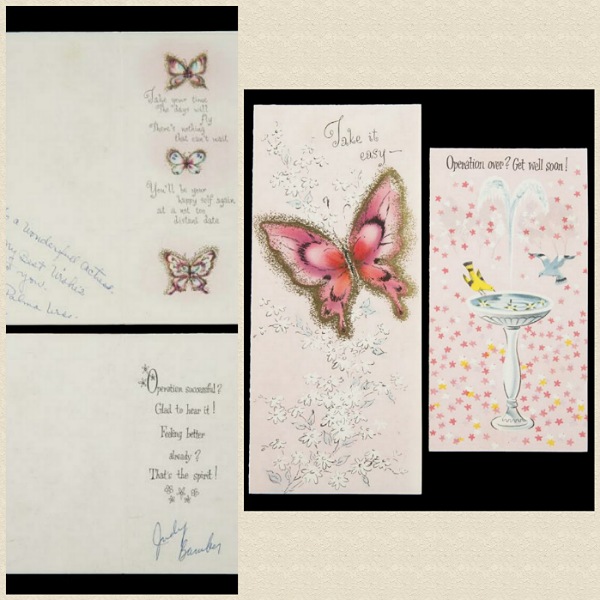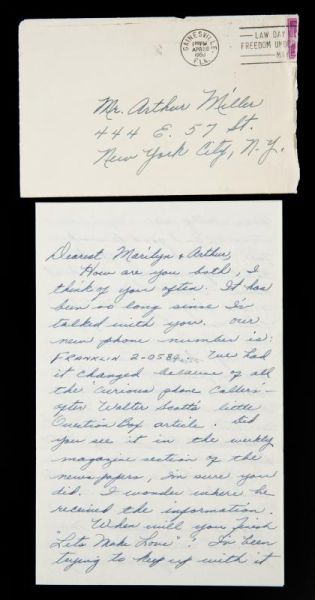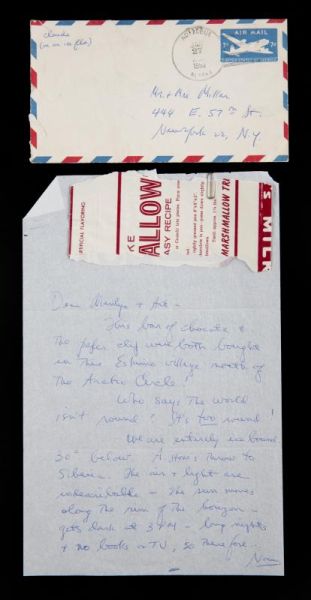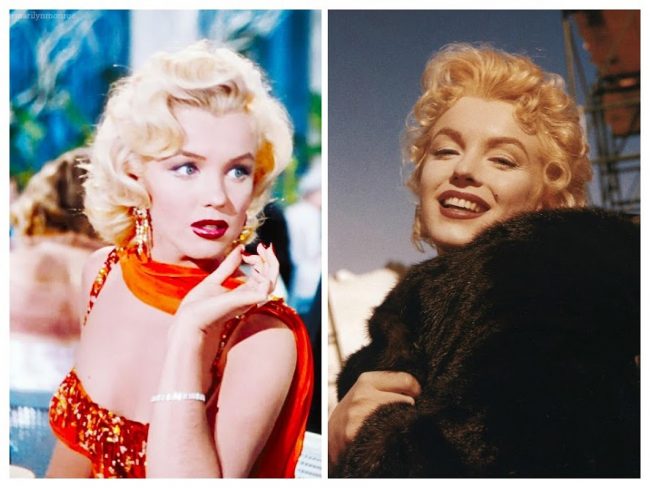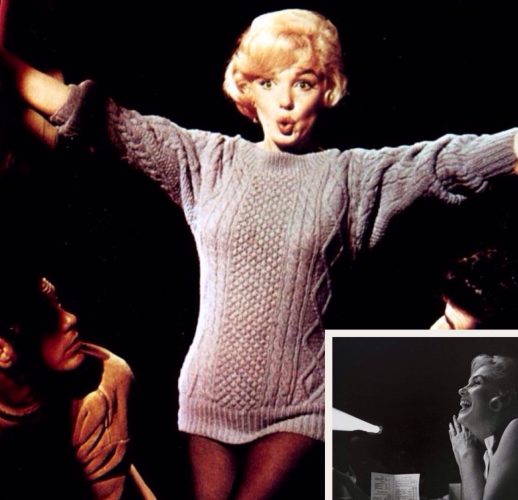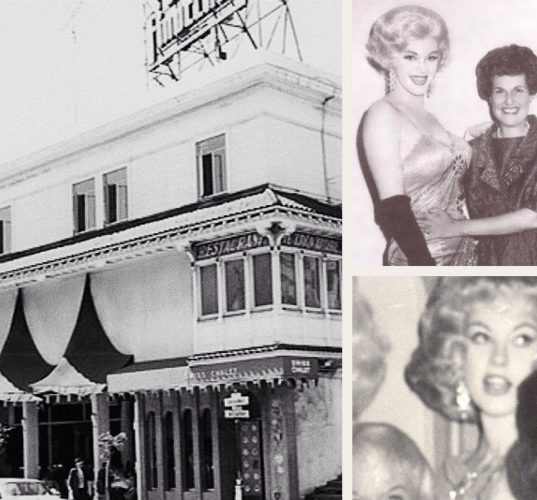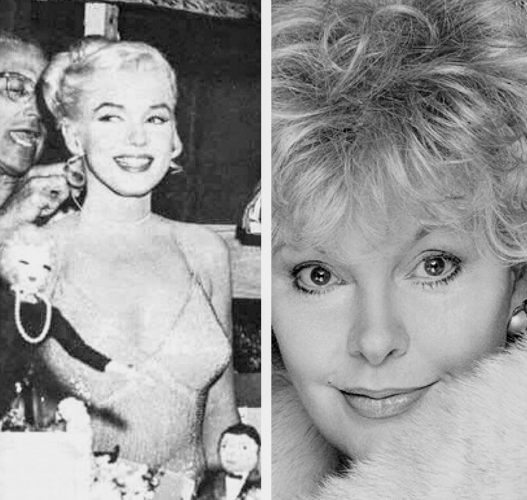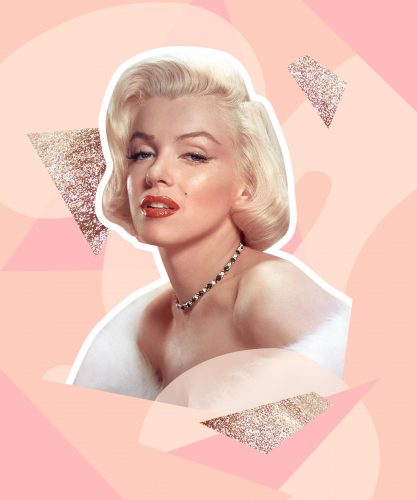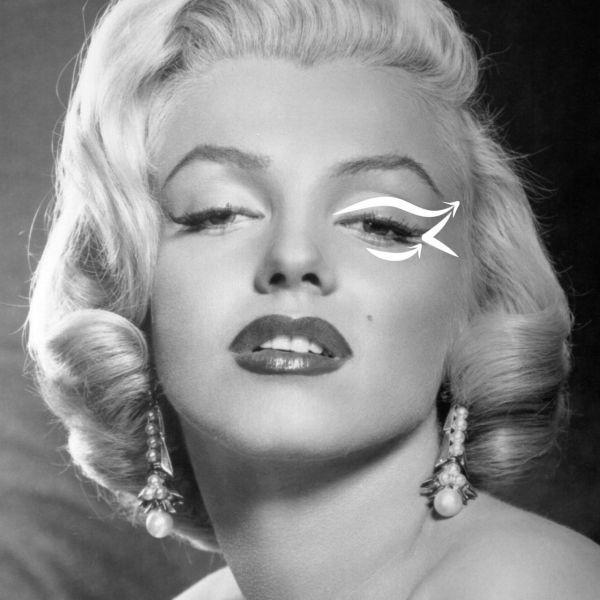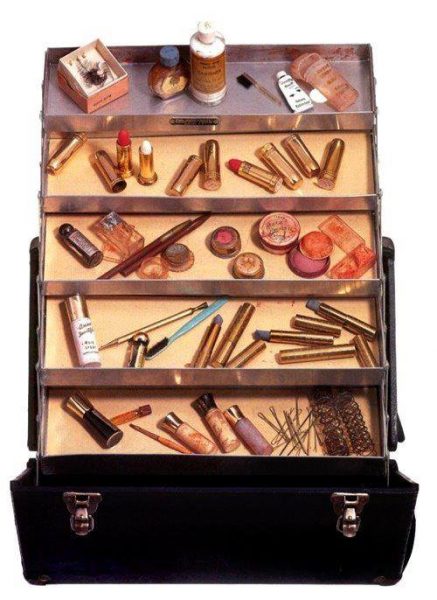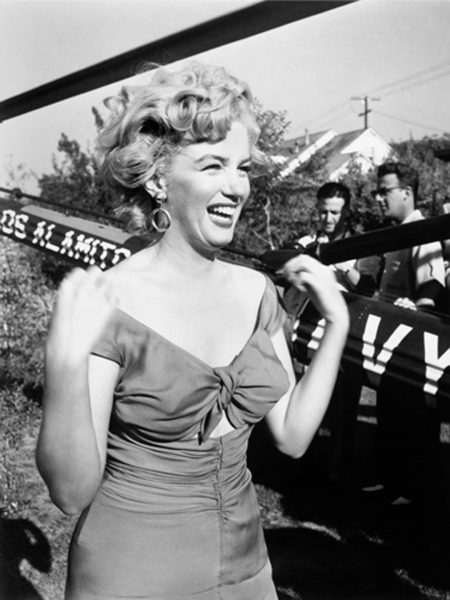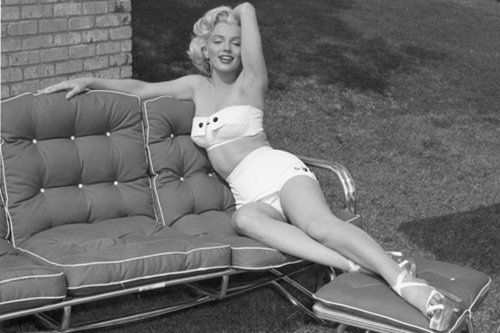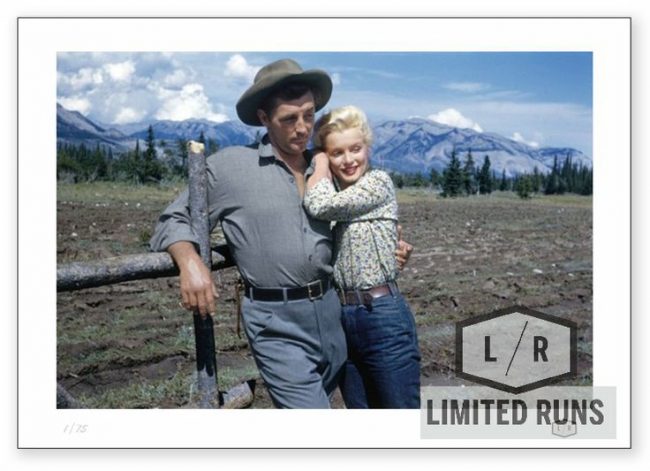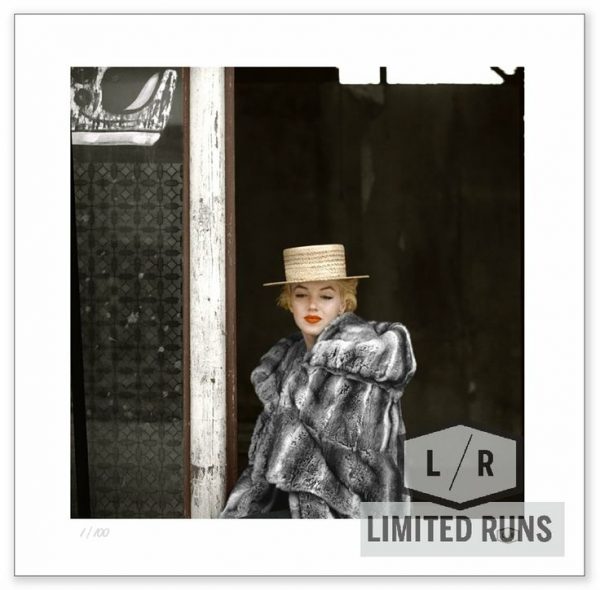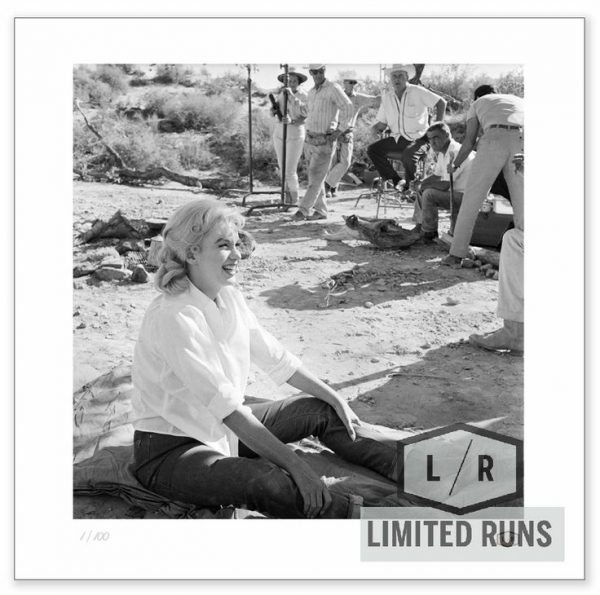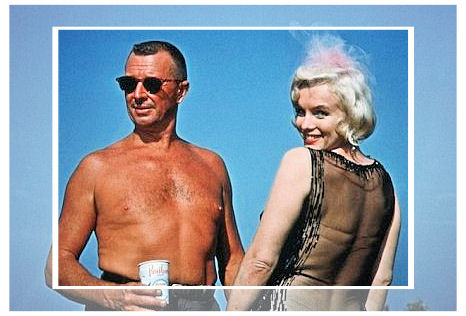
In my latest post for the Julien’s Legends auction, coming up on June 13-14, I’m taking a look at the fan mail, plus letters and greeting cards from friends and family, received (and kept) by Marilyn over the years. (You can read my previous posts, on the How to Marry a Millionaire bathrobe and the photos of Manfred Kreiner, here.)
UPDATE: I have now added the total bids to each item.
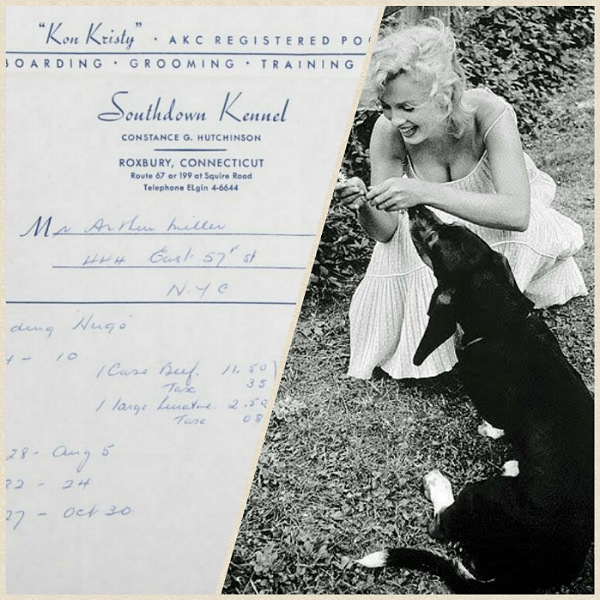
“An invoice from Southdown Kennel in Roxbury, Connecticut, for boarding and food for Hugo, the lovable basset hound owned by Marilyn and then husband Arthur Miller. The invoice is dated from November of 1958, and is addressed to Mrs. Arthur Miller. Dates specified for boarding of Hugo are July 4-10, July 28-August 5, August 22-24, and August 27-October 30. Also listed is ‘1 case beef’ at a cost of $11.50.” (SOLD for $512)

“A handwritten letter from a young child, undated, reading, ‘Dear Marilyn, How are you? Daddy and mommy saw you. I wish I could of. I am writing you to see if you rember (sic) me. First you saw me playing on the grass at Chaire’s house and then at Patty’s. I went to East Hampton and I got a new bike. It is beautiful.’ The letter is signed Emily Hedda Liss. The letterhead reads ‘Mrs. Joseph Liss, 445 East 68th Street, New York, New York,’ indicating Emily is likely the young daughter of television writer and editor Joseph Liss.” (UNSOLD)
“Two greeting cards sent to Marilyn from fans with get well wishes. One card’s handwritten inscription reads, ‘To a wonderful actress. My best wishes to you. Palma Urso, 1958.’ The other is simply signed, ‘Judy Bawber.’ (UNSOLD)
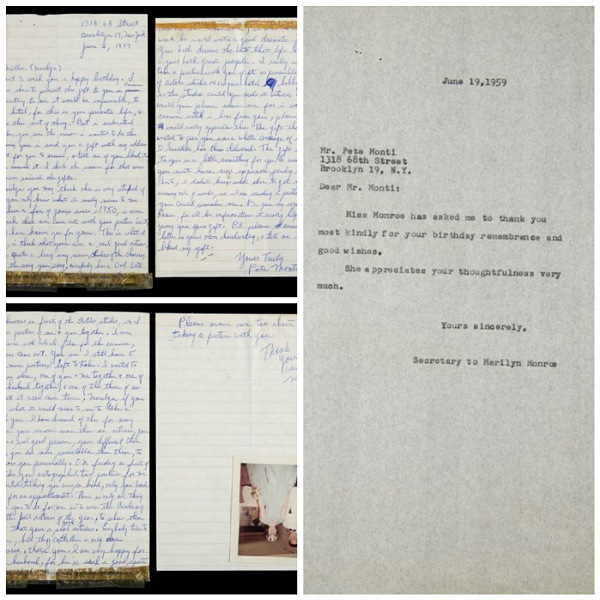
“A two-page handwritten letter from a fan by the name of Pete Monti, dated June 1, 1959, in which Monti expresses his love and admiration for Marilyn. Passages from the letter read, ‘…every year I send you a gift with my address on the present for you to answer, and tell me if you liked it, but you never answered it. I think the reason for that was because you never received the gifts,’ ‘…I have been a fan of yours since 1950, I even have every book that ever came out with your picture in it,’ ‘there is only one thing I would like you to do for me…is to win the Academy Award for best actress of the year, to show them in Hollywood that your (sic) a real good actress. Everybody tries to imitate you, but they can’t…there is only one Marilyn Monroe, and that’s you.’ The letter is signed, ‘Yours Truly, Pete Monti.’ A photo of Monti in formal attire, together with a female companion, is stapled to the letter. Included also is a typed response to this letter, dated June 19, 1959, reading, ‘Miss Monroe has asked me to thank you most kindly for your birthday remembrance and good wishes. She appreciates your thoughtfulness very much.’ The letter is signed ‘Yours sincerely, Secretary to Marilyn Monroe.’ The letter was likely prepared by May Reis, Monroe’s secretary for several years.” (UNSOLD)
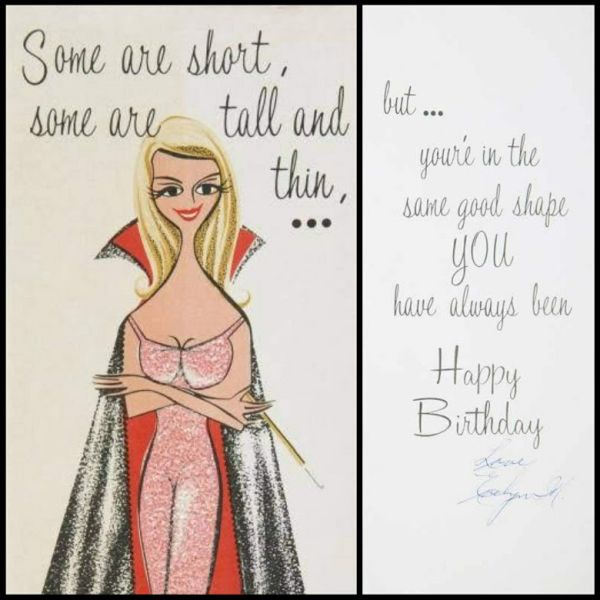
“An undated birthday card to Marilyn from Evelyn Moriarty. Moriarty was Monroe’s stand-in on three films: Let’s Make Love, The Misfits, and Something’s Got To Give.” (SOLD for $750)
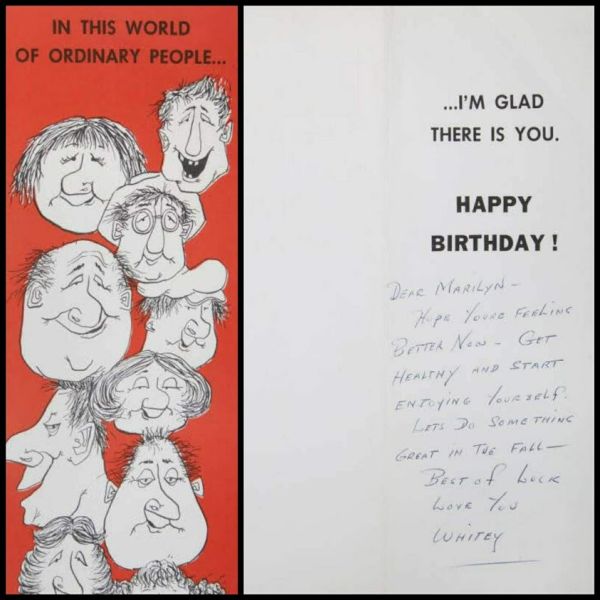
“An undated birthday card to Marilyn from Allan ‘Whitey’ Snyder. Snyder was Monroe’s makeup artist from her very first screen-test in 1946 and also for most of her films and public appearances, and even photo shoots.” (SOLD for 5,760)
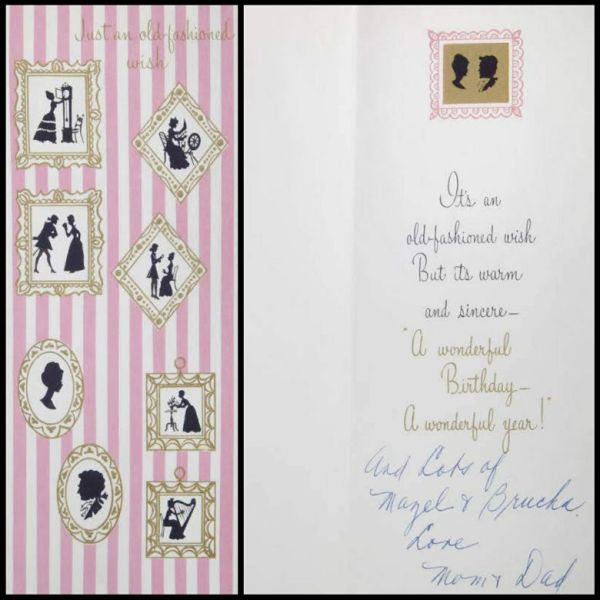
“An undated birthday card to Marilyn from Augusta and Isidore Miller, the parents of Marilyn’s third husband Arthur Miller. The handwritten message from the Millers reads, ‘And Lots of Mazel + Brucha, Love Mom + Dad.’ In Yiddish this phrase means ‘happiness and blessing.'” (SOLD for $640)
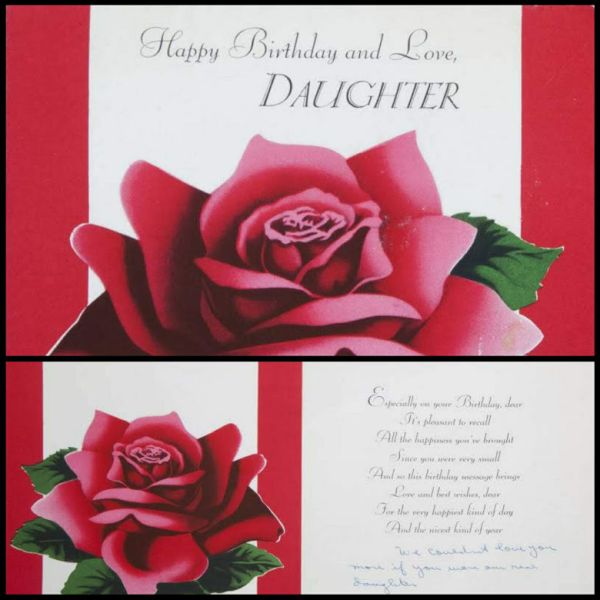
“An undated birthday card to Marilyn from ‘Grace + Daddy,’ the latter being Ervin ‘Doc’ Goddard. Grace’s handwritten note in the card reads, ‘We couldn’t love you more if you were our real daughter.'” (SOLD for $768)

An undated Christmas card to Marilyn from Marie DiMaggio, the sister of Marilyn’s second husband, baseball great Joe DiMaggio. (UNSOLD)
“A handwritten letter to Marilyn and then husband Arthur Miller from Marilyn’s half-sister Berniece Miracle, postmarked April 28, 1960. The letter reads in part, ‘My! How I would love to hear from you and all about what you are doing. I see where Arthur has written a movie, The Misfits. When will the filming start? Hope it’s a big success.'” (SOLD for $1,875)

“A grouping of correspondence to Marilyn from Anne Karger, including three telegrams wishing Marilyn a happy birthday. One telegram is dated June 2, 1957. Interestingly, the other two telegrams are both from 1961, one is dated May 31, and the other is dated June 1. Also included is an undated holiday card with greetings for Christmas and the new year. Anne was the mother of Fred Karger, whom Marilyn fell deeply in love with near the start of her film career. It is widely reported that she had wanted to marry Karger. While the relationship ultimately didn’t last, Marilyn remained very close with his mother. Anne was one of a very few guests from Marilyn’s inner circle who was invited to her funeral.” (SOLD for $1,152)

“A grouping of correspondence to Marilyn from John Moore, including a Western Union telegram dated May 31, 1961, which reads, ‘Wish you were here to celebrate it. Love you.’ This message is likely in reference to Marilyn’s birthday, which was on June 1, the day after the telegram is dated. Also included, an undated, hand-signed Christmas card, and a note that likely accompanied a bouquet of flowers with a message that reads, ‘Will you be my Valentine? John Moore.’ Moore was a fashion designer, interior decorator and close friend of Marilyn’s. He worked for Talmack, and designed many of Marilyn’s clothes; including the gown she wore during the private wedding ceremony in which she married Arthur Miller. He also assisted Marilyn in redecorating the apartment she and Miller shared on East 57th Street in New York City.” (SOLD for $384)
“A one-page handwritten letter to Marilyn from poet and friend Norman Rosten, apparently while he was vacationing in the Arctic Circle. The letter reads in part, ‘This bar of chocolate and paperclip were both bought in this Eskimo village north of the Arctic Circle! Who says the world isn’t round? It’s too round!’ The actual chocolate bar wrapper is affixed to the letter using the aforementioned paperclip. Also included is the original envelope, postmarked January 27, 1959, addressed to Mr. and Mrs. Arthur Miller at 444 East 57th Street, New York, NY.” (SOLD for $640)
“An undated, handwritten note from Joseph M. Schenck to Marilyn, reading simply, ‘Dear Marilyn, I am with you. I know you are right. Joe Schenck.’ Schenck was co-founder of 20th Century Pictures in 1933. When his studio merged with Fox Film Corporation in 1935, Schenck was named chairman. He was an important figure in Marilyn’s early career.” (SOLD for $625)
